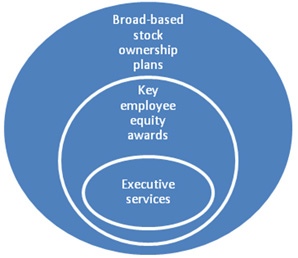Family members can have multiple “hats” in a family enterprise. Some are both owners and employees while some others may only be owners.
How does your company determine its dividend policy for its owners? Or as many companies do, the decisions on dividends are often made on an ad hoc basis. As a company becomes more mature with a regularity of earnings, planning for dividends both to set and meet shareholders’ expectations is part of a succession plan’s communication strategy.
Succession planning includes communicating in a clear and regular manner to the family members, as shareholders, about their entitlement to the profits of the company and distinguishing between “sweat” equity (as employees) and return as a shareholder. It is important that families do not have expectations about their entitlement to the companies’ profits without a clear and communicated understanding from the parents to the children and the grandchildren.
Let me relate a story of a family where this conversation about entitlement did not take place. All of the 2nd generation of a family, as well as the first generation, were expected to work in the family business, a shrinking business, where overseas competition made this business less viable. The business was not large enough to support and employ all of these family members. Not surprisingly, the company’s fortunes dwindled and the company could no longer pay the family members and ultimately, was losing business and money so had the shut its doors. I am not saying that employing family members resulted in the closure of the business; it may only have hastened the company’s demise.
So two takeaways:
1. distinguish between dividends and salary
2. make sure that family members are paid a salary appropriate to their contribution to the business and not pay them just because they are family members.
Learn, think, apply!











Recent Comments